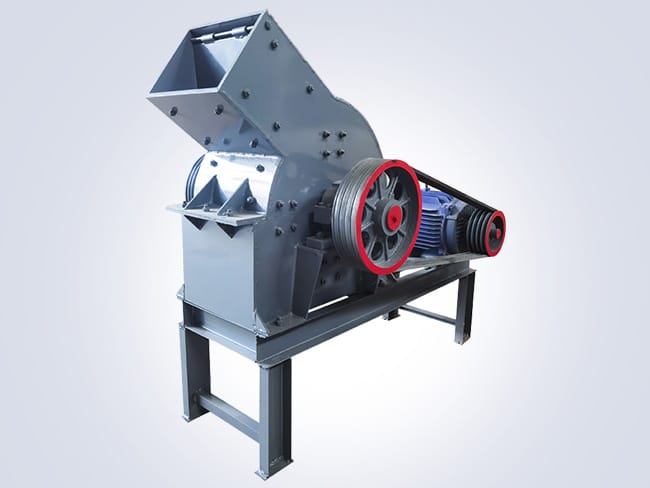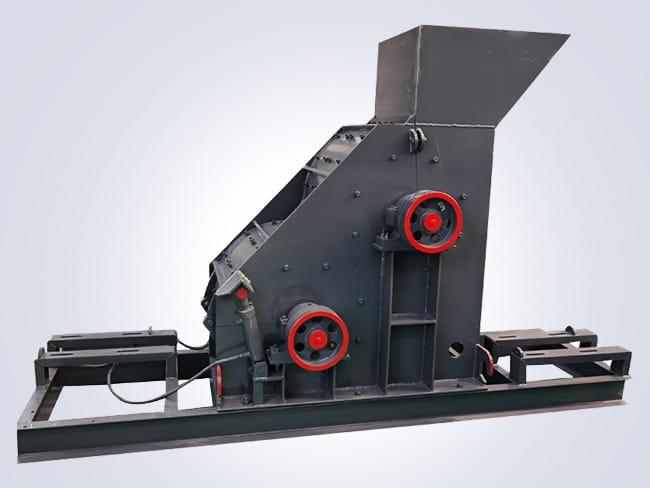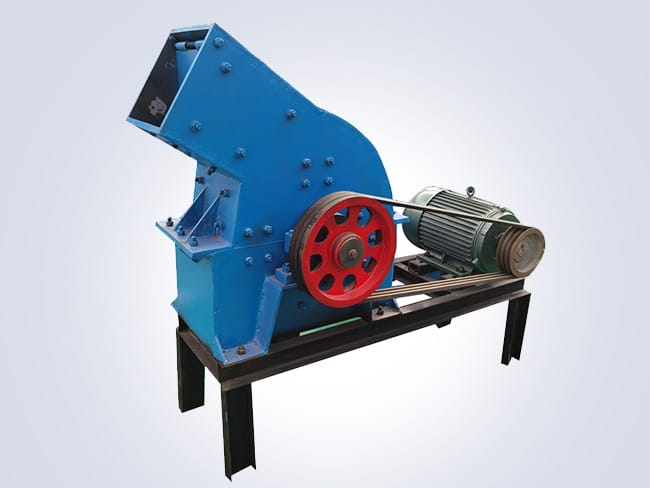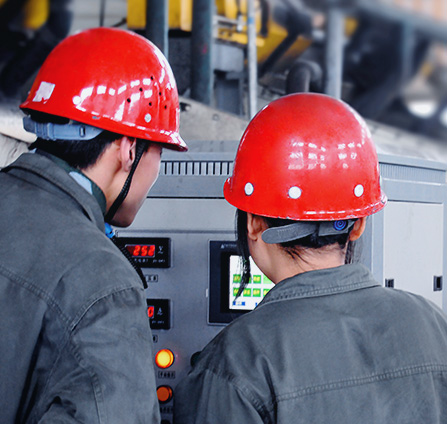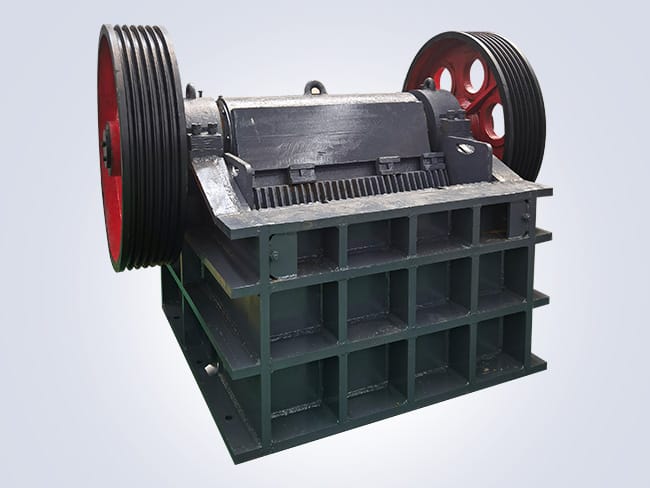
The jaw crusher, as a key piece of equipment in mineral processing and the production of building materials. Is highly favored for its robustness, durability, and efficient handling capabilities for materials of various hardness levels. It primarily consists of components such as the movable jaw plate. Fixed jaw plate, eccentric shaft, flywheel, etc.. Utilizing the periodic approach and separation of the two jaw plates to achieve the compression and breaking of material entering the crushing chamber.
Design Advantages of the Jaw Crusher
During operation, the motor drives the pulley which, through the eccentric shaft. Causes the movable jaw plate to perform reciprocating motion. When the movable jaw plate approaches the fixed jaw plate. The material experiences tremendous compressive force, thereby being crushed into smaller particles. Conversely, when the movable jaw plate moves away from the fixed jaw plate. The crushed material falls by gravity from the discharge opening. This unique crushing principle ensures that the equipment can handle raw materials of varying sizes and hardness, effectively processing both hard rock and softer ores.
The design of this equipment takes into account multiple requirements of practical applications. It features a compact structure that is easy to maintain. Along with a large feed opening and a rationally designed crushing chamber that guarantees high crushing efficiency. Furthermore, to meet environmental protection requirements, modern jaw crushers are typically equipped with dust reduction devices, minimizing dust pollution and contributing to green production.
With technological advancements, intelligent control systems have gradually been applied to jaw crushers. Making the equipment’s operation more stable and reliable while reducing energy consumption and increasing work efficiency. Therefore, whether in mining operations or in the recycling of construction waste, the jaw crusher plays an indispensable role, serving as one of the core forces driving industry development.




